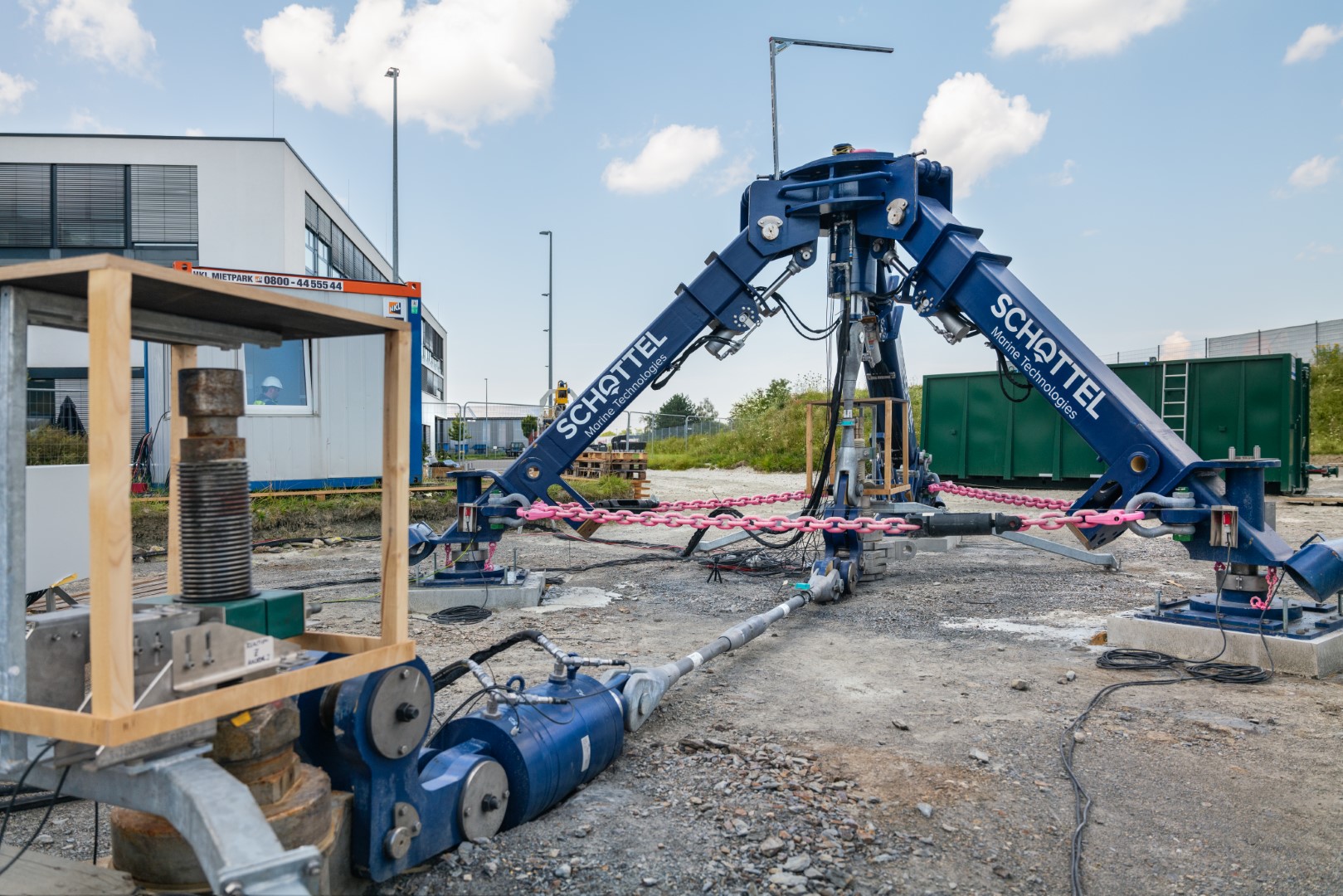At this year's Floating Offshore Wind Exhibition and Conference in Aberdeen, Scotland, SCHOTTEL Marine Technologies announced the release of a comprehensive report highlighting the potential of its Swift Anchor technology.
The study was carried out in collaboration with industry-leading consultants including London Marine Consultants (LMC) and BVG Associates (BVGA).
Carbon Emissions Could Also be Reduced by Around 2%
The report's findings show that the Swift Anchor technology has the potential to deliver Levelized Cost of Energy (LCoE) savings of up to 12%. This applies to some of the most challenging scenarios that may not have been suitable for development to date. Tracking in a similar way to LCoE, carbon emissions could be reduced by around 2%, depending on the scenario.
Dirk Schulze, CEO at SCHOTTEL Marine Technologies, said: “We are convinced that the Swift Anchor technology, originally developed for the tidal market, has real potential to have a positive impact on the emerging floating offshore wind market. While significant challenges remain for the entire floating wind market to deliver the first commercial projects, the findings of the BVGA report, combined with our technical advancements, demonstrate the Swift Anchor’s financial and environmental benefits. We are confident that the Swift Anchor technology will play a crucial role in the floating offshore wind anchoring market as projects move towards commercialization by the end of the decade in both sites with rock and maybe even those which have not even been considered by the industry yet.”

Load test setup in Germany. (Image credit: Sandra Muequin)
Consideration of 28 Different Cases
The objective of the study was to assess the potential impact that a Swift Anchor could have on a floating offshore wind farm which requires installation in areas of rock seabed. To ensure a robust approach, the study considered 28 different cases across a range of depths, mooring loads, mooring geometry and different rock properties. The approach taken enabled BVGA to assess the applicability and adoption of the Swift Anchor across a range of different project types from shallower catenary moored devices to deep water Tension Leg Platforms (TLP). Along with the variables used, many of the other underlying assumptions are in line with ORE Catapult’s 'Guide to a Floating Offshore Wind Farm', released in March 2023 and also developed with BVGA.
The report follows a busy year of extensive land-based trials in Germany, which included a variety of tests to validate the performance of the Swift Anchor technology and specialised installation and decommissioning assets. It also involved testing to verify the load holding capacity of the Swift Anchor using a specially designed in-house load frame and hydraulic system.


